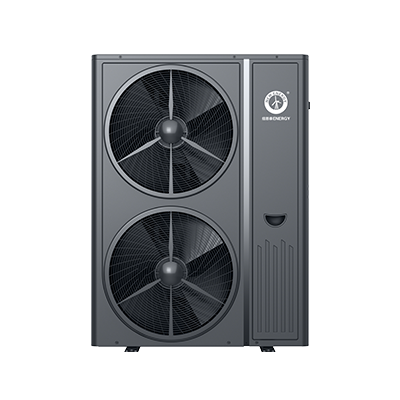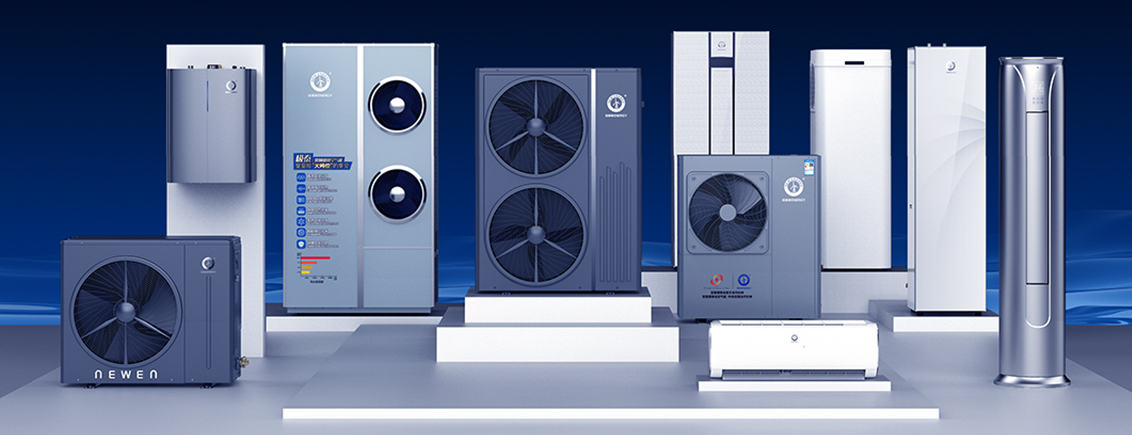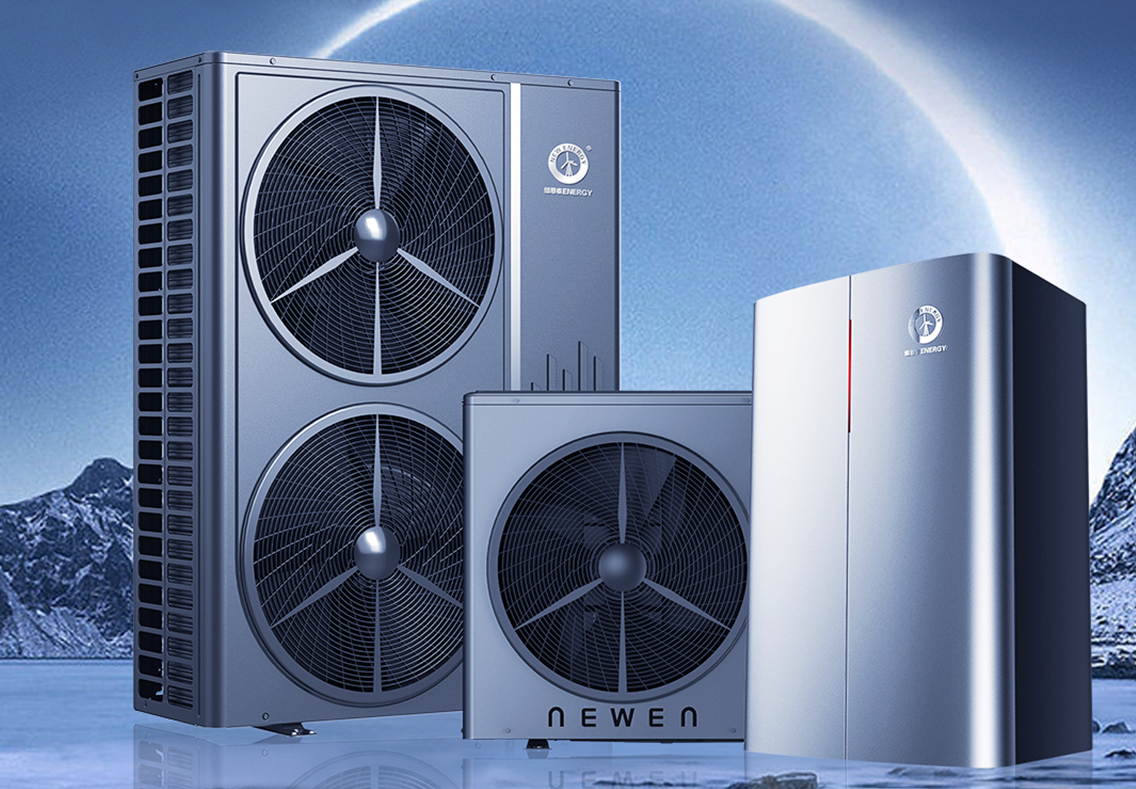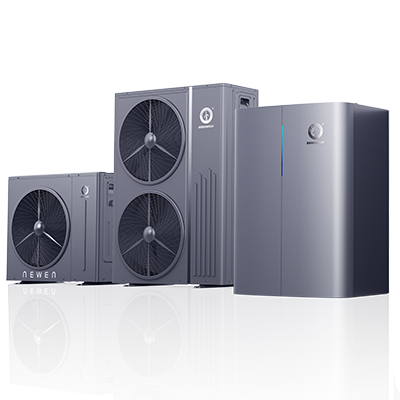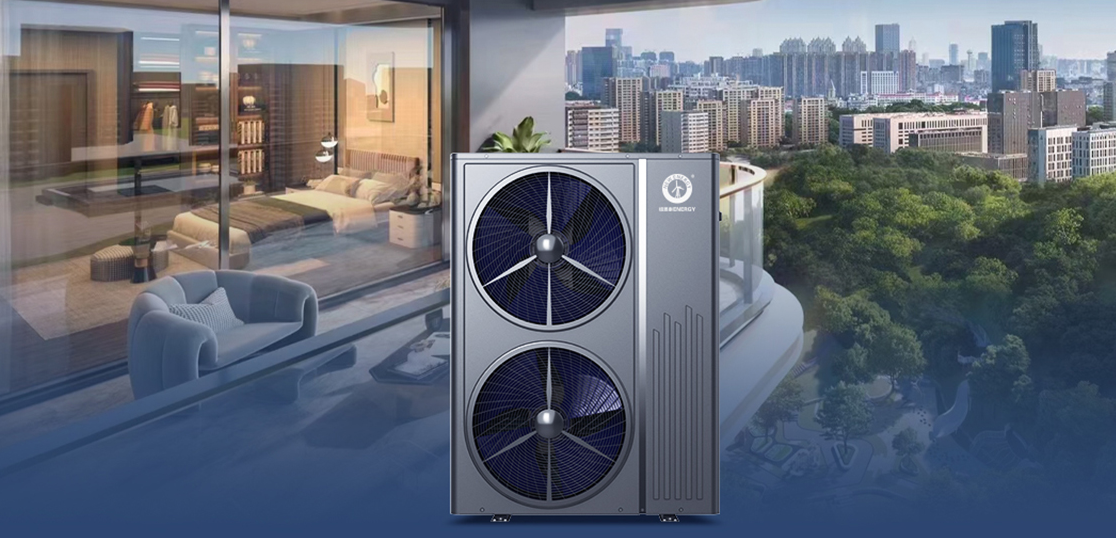
A mini split heat pump is a type of air conditioning system that uses a heat pump technology to provide heating and cooling to a specific room or building. It is smaller and more energy efficient than traditional heat pumps. A mini split heat pump consists of an indoor unit connected to an outdoor unit via refrigerant lines. The indoor unit is installed in the room where heating and cooling is needed, and the outdoor unit houses the compressor and other components.
The heat pump technology works by transferring heat from the indoor air to the outdoor air, or vice versa, using a compressor and a set of heat exchangers. In the winter, the indoor unit absorbs heat from the indoor air and transfers it to the outdoor air through the heat exchangers. The compressor compresses the refrigerant, which causes it to heat up, and this heat is then transferred to the indoor air through a heat exchanger in the indoor unit. In the summer, the process is reversed, and the indoor unit extracts heat from the indoor air and transfers it to the outdoor air through the heat exchangers. The compressor compresses the refrigerant, which causes it to cool down, and this coolness is then transferred to the indoor air through a heat exchanger in the indoor unit.
Mini split heat pumps are often used in buildings where space is limited, such as in smaller houses or apartments, or where there are aesthetic considerations, such as in historic buildings or more modern homes where conventional HVAC systems are not suitable. They are also popular in hot and humid climates where traditional air conditioning systems can struggle to maintain a comfortable temperature.
In summary, a mini split heat pump is a compact and efficient heating and cooling solution for specific rooms or buildings. It uses heat pump technology to transfer heat between the indoor and outdoor air, providing comfortable temperatures in winter and summer. Mini split heat pumps are suitable for spaces with limited space or aesthetic considerations, such as smaller houses, apartments, or historic buildings. They are also popular in hot and humid climates where traditional air conditioning systems can struggle to maintain a comfortable temperature.

